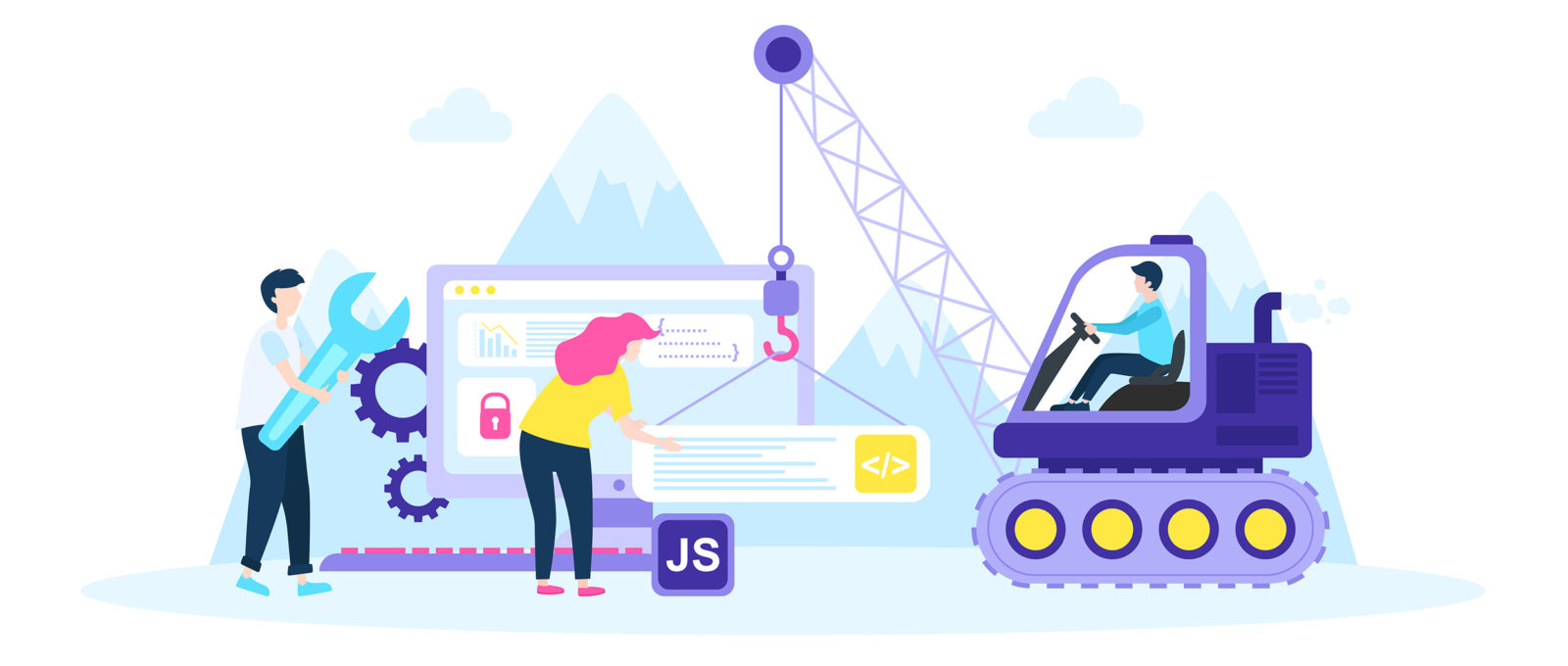Site Style: A Journey Via Time.From Modest Beginnings To Modern Wonders, Internet Site Design Has Actually Undertaken A Substantial Improvement Throughout The Years
Site Style: A Journey Via Time.From Modest Beginnings To Modern Wonders, Internet Site Design Has Actually Undertaken A Substantial Improvement Throughout The Years
Blog Article
Author-Johansen Vinson
In the past, internet sites were basic and concentrated on information. Navigation was direct, and design was for desktops. Now, customer experience is key. Data overviews layouts for easy navigation. Responsive layouts fit various devices. Today, dark mode lowers strain, and minimal food selections enhance navigating. Interactive features engage users, and strong visuals stand out. AI integration improves interaction. See exactly how design has developed to enhance your on the internet trip.
Very Early Days of Web Design
In the very early days of website design, simplicity preponderated. Web sites were basic, with restricted colors, font styles, and layouts. The emphasis was on giving details instead of flashy visuals. Users accessed the net via slow-moving dial-up links, so speed and performance were crucial.
Navigation menus were straightforward, commonly located at the top or side of the page. Web sites were developed for computer, as mobile surfing wasn't yet common. Web content was king, and designers prioritized very easy readability over complicated style aspects.
HTML was the main coding language used, and designers had to function within its constraints. Computer animations and interactive functions were minimal compared to today's standards. Websites were fixed, with little dynamic material or individualized customer experiences.
Increase of User-Focused Design
With the evolution of web site layout, a change in the direction of user-focused style principles has ended up being progressively popular. managed wordpress hosting comparison , developing websites that prioritize individual experience is essential for engaging site visitors and attaining company objectives. User-focused style includes comprehending the needs, preferences, and habits of your target audience to customize the site's design, web content, and includes as necessary.
Developers now perform thorough research study, such as user surveys and usability screening, to gather understandings and feedback directly from customers. This data-driven approach helps in creating instinctive navigating, clear calls-to-action, and aesthetically appealing user interfaces that reverberate with site visitors. By putting the user at the center of the style process, internet sites can deliver a much more tailored and pleasurable experience.
Receptive style has also become a key element of user-focused style, guaranteeing that web sites are maximized for numerous gadgets and screen sizes. This flexibility boosts ease of access and use, catering to the varied means customers engage with websites today. Basically, the surge of user-focused design represents a shift in the direction of developing electronic experiences that prioritize the requirements and expectations of completion user.
Modern Trends in Web Design
Discover the latest patterns shaping web design today. One prominent pattern is dark mode layout, using a sleek and modern look while reducing eye pressure in low-light environments. https://yourstory.com/mystory/steps-create-effective-social-media-marketing/amp is minimal navigating, streamlining food selections and improving individual experience by focusing on essential elements. Including micro-interactions, such as animated buttons or scrolling effects, can develop a much more engaging and interactive site. Receptive design stays crucial, guaranteeing smooth user experiences throughout various tools. Furthermore, using bold typography and asymmetrical formats can add visual interest and draw attention to details content.
Incorporating AI technology, like chatbots for consumer assistance or customized recommendations, improves customer involvement and enhances processes. Ease of access has also come to be a significant trend, with designers focusing on inclusive style practices to cater to diverse user requirements. Welcoming sustainability by maximizing site efficiency for rate and effectiveness is an additional emerging fad in web design. Working together with user feedback and data analytics to repeat and improve layout constantly is necessary for staying pertinent in the ever-evolving electronic landscape. By accepting these contemporary patterns, you can produce an aesthetically appealing, straightforward internet site that reverberates with your audience.
Conclusion
As you review the advancement of website layout from the very early days to currently, you can see how user-focused style has become the driving force behind contemporary patterns.
Welcome the journey of modification and adaptation in web design, always maintaining the user experience at the forefront.
Stay present with the latest patterns and technologies, and never ever stop evolving your strategy to create aesthetically stunning and straightforward internet sites.
Progress, adapt, and develop - the future of web design is in your hands.
